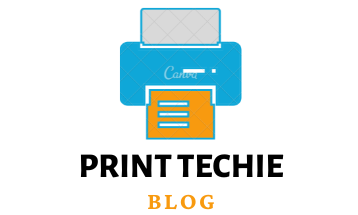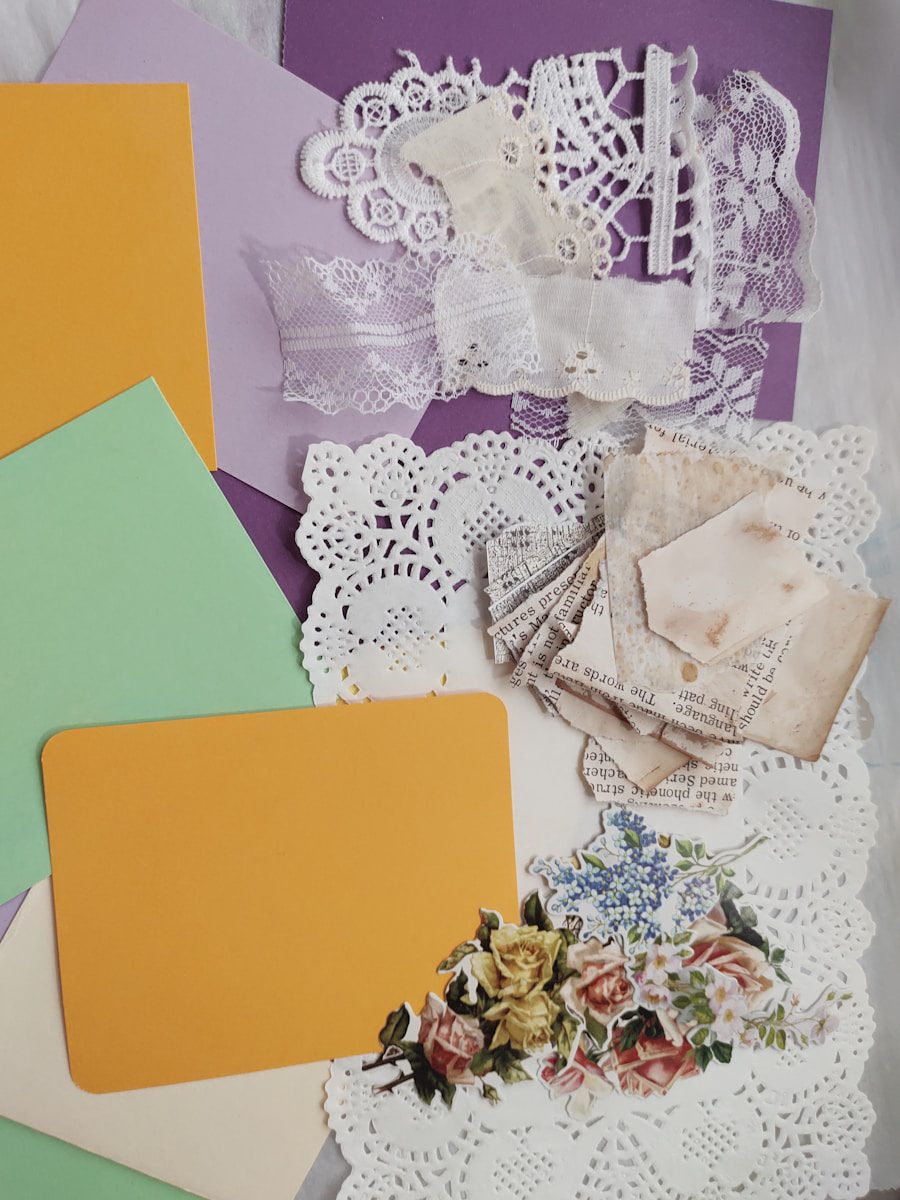Are you curious about the possibilities of sublimation on cardstock? Sublimation is a printing process that transfers dye onto materials, like cardstock. In this article, we will discuss the details and advantages of using sublimation on cardstock. what types are best suited for it, tips to ensure successful results every time, as well as inspiring projects made with these techniques Professional printers and those who are eager to learn new techniques will benefit from reading this article.
Can You Sublimate on Cardstock?
Yes, it is possible to sublimate on cardstock. Sublimation is a printing process involving transferring dye onto a material using heat and pressure. Cardstock is a suitable material for sublimation, as it has a smooth surface that allows the dye to be absorbed more easily. However, not all cardstock is suitable for sublimation, and it is important to choose high-quality cardstock and carefully follow the instructions for the best results. Sublimation allows for high-quality, durable prints and offers various customization options for projects, such as greeting cards, business cards, and invitations.
Advantages of sublimating on cardstock:
High-quality prints:
Sublimation allows for the transfer of vibrant, long-lasting dye onto cardstock, resulting in high-quality prints.
Durability:
The dye is absorbed into the fibers of the cardstock during the sublimation process, making the prints more durable and resistant to fading.
Customization:
Sublimation allows you to be very specific with your customization options; you can change your ideas and photographs into prints that no one else has. Make something that is only yours!
Versatility:
Cardstock is a versatile material for various projects, including greeting cards, business cards, invitations, and more.
Cost-effective:
Sublimation is a cost-effective printing method, as it doesn’t require special inks or toner. Additionally, because the prints are durable, you won’t need to reprint them as often, which can save money in the long run.
Eco-friendly:
Sublimation is a more environmentally friendly than traditional printing methods, as it doesn’t produce any waste or emissions during the printing process.
Disadvantages of sublimating on cardstock:
Here are some disadvantages of sublimating on cardstock:
Limited material options:
Sublimation is only suitable for certain materials, and cardstock is one of them. If you want to print on a lot of different kinds of materials, then you need to use a different printing process.
Requires specialized equipment:
Sublimation requires using a heat press or specialized printer, which can be expensive to purchase or rent.
Not all cardstock is suitable:
As mentioned earlier, not all is suitable for sublimation. Coated cardstock works best, while uncoated cardstock may not yield high-quality results.
Time-consuming:
The sublimation process can be time-consuming, especially when working on a large project.
Limited color options:
The color options for sublimation are limited to the colors in the dye used for printing. Sublimation may not be the best option if you need to match a specific color.
Prone to errors:
Sublimation requires precise temperature and pressure settings, and any errors in these settings can result in poor-quality prints. It’s important to carefully follow the instructions and do a few trial runs to ensure you get the desired results.
Types of Cardstock Suitable for Sublimation.
Two main cardstock types are suitable for sublimation: coated cardstock and uncoated cardstock.
Coated cardstock:
Coated cardstock is generally the best choice for sublimation because it has a smooth surface that allows the dye to be absorbed more easily. Some examples of coated cardstock include glossy, matte, and satin finishes.
Uncoated cardstock:
Uncoated cardstock can also be used for sublimation, but it may require more effort and not yield high-quality results. This cardstock has a more porous surface and may not absorb the dye either. If you decide to use uncoated cardstock, it’s a good idea to test your settings and do a few trial runs to ensure you get the desired results.
Examples of Projects Using Sublimation on Cardstock:
Here are some examples of projects that can be made using sublimation on cardstock:
Greeting cards:
Sublimation is a great way to create unique, personalized greeting cards. Custom cards are a way to express your creativity and make an impression that will last. You can use your own photographs or designs to create the perfect card for any occasion.
Business cards:
Sublimation allows for creating professional-looking business cards that are visually appealing and durable.
Invitations:
Sublimation can be used to create custom invitations for events such as weddings, birthdays, and corporate functions.
Postcards:
Sublimation is a good option for creating postcards with high-quality, vibrant prints.
Notebooks and journals:
Sublimation can be used to create personalized notebooks and journals with custom covers.
Art prints:
Sublimation is a good option for creating high-quality art prints that are suitable for framing.
Tips for Successful Sublimation on Cardstock:
If you’re interested in trying sublimation on cardstock, here are a few tips to help you achieve the best results:
- Use high-quality cardstock: Invest in good-quality cardstock to ensure that your prints turn out as expected.
- Test your settings: It is a good idea to test your sublimation settings on a small piece of paper before you use them on a bigger project. This will help you make sure the settings are correct and that there will be no problems.
- Use a heat press: Heat presses are a better choice than irons for transferring dye onto cardstock because they provide a more precise and consistent process. Heat presses apply heat and pressure to ensure that the design is transferred accurately, which provides better results with less effort.
FAQs:
What Is The Temperature To Sublimate On Cardstock?
The temperature required to sublimate on cardstock will depend on the specific type of cardstock used and the dye you are using for the printing process. Generally, the temperature range for sublimating on cardstock is between 365-400 degrees Fahrenheit (185-204 degrees Celsius). To get the best results, always follow the manufacturer’s temperature and dye instructions for your cardstock. Additionally, test your settings on a small piece of stock before beginning larger projects; this will help you figure out the best settings and avoid any potential problems later on.
Can Regular Copy Paper Be Used For Sublimate Card Stock?
Regular copy paper is not typically suitable for sublimation because it is not designed to withstand the high temperatures and pressure required for printing. Sublimation requires the use of special transfer paper and a material that is capable of absorbing the dye, such as cardstock. If you are trying to print on regular copy paper, you may be able to achieve some success using an inkjet printer and special sublimation inks. However, the quality of the prints may not be as high as those produced using a specialized sublimation printer and transfer paper.
Sublimation is a printing process that allows for vibrant, long-lasting colors to be transferred onto cardstock. While it is possible to sublimate on any type of cardstock, choosing high-quality cardstock and carefully following the instructions will produce the best results. Coated cardstock is generally the best choice for sublimation, but uncoated cardstock can also be used with some adjustments to the settings. Sublimation is a cost-effective and environmentally friendly printing method that offers various customization options for projects, such as greeting cards, business cards, and invitations. If you want to try sublimation on cardstock, research and carefully follow the instructions for optimal results.
References:
- https://www.contrado.com/blog/sublimation-printing-tips-cardstock
- https://www.sublimation101.com/blogs/news/sublimation-paper-cardstock
- https://www.howtoheatpress.com/sublimation-projects-with-cardstock/
- https://www.coastalbusiness.com/blog/sublimation-techniques-for-cardstock/
- https://www.dyesublimation.com/blog/sublimation-materials-like-cardstock/

